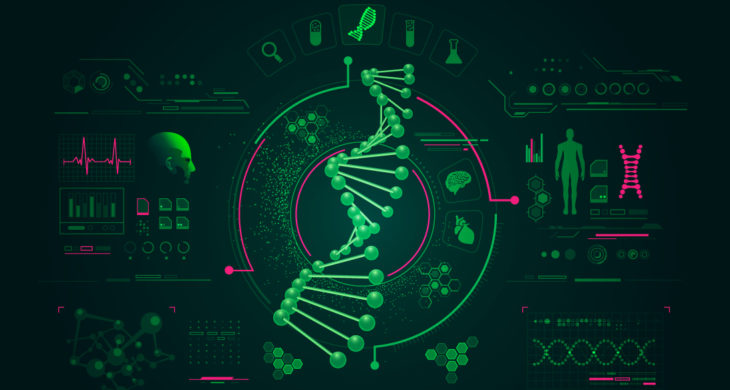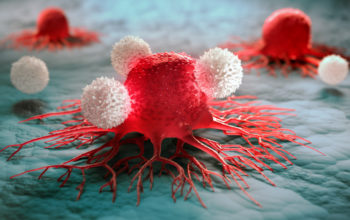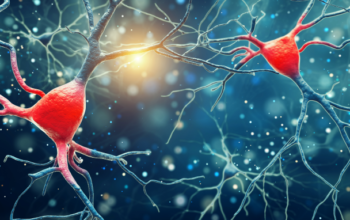
Date: 22nd December 2020
Synthetic biology is among the most hyped and exciting research areas this century, and 2020 saw SynBio turn 20 years old. Whilst the early years saw some impressive research and visionary thinking, the field is now living up to its hype and delivering revolutionary solutions and landmark innovations. It is now driving multibillion dollar industries, and is transforming healthcare - providing a new generation of therapies and treatments.
So what inspiring research did 2020 bring?
Here are our top 5 most read articles of this year!
Number 5: CRISPR gene editing relieves Duchene muscular dystrophy symptoms
Duchenne muscular dystrophy (DMD) is a genetic disorder characterised by progressive muscle degeneration and weakness due to the alterations of a protein, dystrophin, that helps keep muscle cells intact.
In January we reported that scientists had developed a CRISPR-based gene therapy that may provide permanent relief for those suffering from DMD. The researchers from Munich, Germany, used somatic CRISPR gene editing in living pigs to restore the DMD reading frame, resulting in expression of a shortened but largely functional dystrophin protein.
http://eha.3a7.mywebsitetransfer.com/crispr-gene-editing-relieves-duchene-muscular-dystrophy-symptoms/
Number 4: Creating new ‘super’ base editors with enhanced accuracy
Base editors (BEs) are potent tools for precise genome editing, and can be used to correct single disease-causing mutations. Cytosine base editors (CBEs) enable efficient cytidine-to-thymidine (C-to-T) substitutions at targeted loci, and do so without creating a double-stranded break. However, they can lack precision and ‘bystander’ Cs lying adjacent to the ‘target’ C can also edited.
In July, scientists engineered new CBEs that could precisely modify a single targeted C, whilst minimising the editing of bystanders, increasing the accuracy of base edits in disease sequence models up to 6,000-fold compared with the then existing base editors.
http://eha.3a7.mywebsitetransfer.com/creating-new-super-base-editors-with-enhanced-accuracy/
Number 3: CRISPR discovery gives hope for universal cancer therapies
The latest, most innovative wave of immunotherapies to reach the clinic are undergoing a revolution of personalisation and at the heart of these lies CAR-T cell therapy. However, providing individualised medicines is time-consuming and expensive, and to date they are able to target only a few (non-solid) cancers.
In January, we announced that scientists had exploited CRISPRs to discover T-cells equipped with a new type of T-cell receptor (TCR) which recognises and kills most human cancer types, leading to the hope of a single go-to cancer treatment.
http://eha.3a7.mywebsitetransfer.com/crispr-discovery-gives-hope-for-universal-cancer-therapies/
Number 2: Tackling antibiotic resistance with CRISPR-Cas13a
At least 700,000 people die each year due to drug-resistant diseases and it is estimated by 2050 that such diseases could cause 10 million deaths per year. International organisations are therefore united in a demand for urgent action against such a devastating crisis and are calling for investment into research and development for new technologies to combat antimicrobial resistance.
Back in June scientists reported the development of a series of CRISPR-Cas13a-based antibacterial nucleocapsids for use as therapeutic agents against antimicrobial-resistant bacteria.
http://eha.3a7.mywebsitetransfer.com/tackling-antibiotic-resistance-crispr-cas13a/
Number 1: A new bionic eye gives hope
The growing prevalence of ophthalmic diseases and severe eye injuries has increased the demand for artificial eyes globally. However, current prosthetic eyes cannot restore vision.
We reported in May that scientists had created a biomimetic, electrochemical eye which has image-sensing functionality. The eye consisted of a metal shell at the front, an artificial retina at the back and an ionic liquid interior: dubbed EC-EYE – short for ‘ElectroChemical EYE’.
This research really caught our readers attention and it has stormed to the top of our most read articles!
http://eha.3a7.mywebsitetransfer.com/new-bionic-eye-gives-hope/


